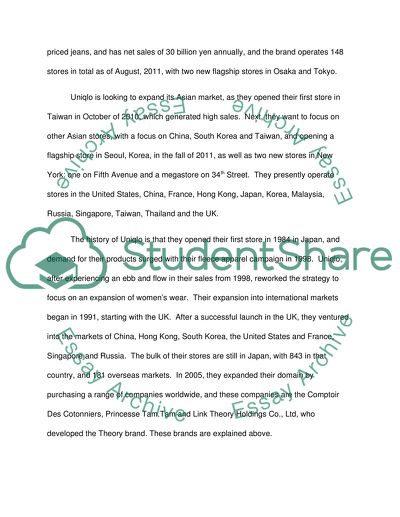Cite this document
(“Snapshot of Uniqlo Essay Example | Topics and Well Written Essays - 4250 words”, n.d.)
Retrieved from https://studentshare.org/marketing/1393295-global-marketing
Retrieved from https://studentshare.org/marketing/1393295-global-marketing
(Snapshot of Uniqlo Essay Example | Topics and Well Written Essays - 4250 Words)
https://studentshare.org/marketing/1393295-global-marketing.
https://studentshare.org/marketing/1393295-global-marketing.
“Snapshot of Uniqlo Essay Example | Topics and Well Written Essays - 4250 Words”, n.d. https://studentshare.org/marketing/1393295-global-marketing.


